Cleanroom News, Cleanrooms, Nanoparticles, USP 797
Should Cellphones Be Allowed In A Cleanroom?
Anyone who’s ever driven a car has been there. It’s a common enough scenario: you’re sitting in traffic on the freeway during the morning commute, the sun’s climbing slowly into the sky, its pale light casting a wan glow over the road ahead. Pausing to sip the coffee you grabbed at the drive-thru, you notice the driver of the car to your left cramming the final bite of a bagel into his mouth, wiping the smeared cream cheese off his face with the back of his hand as he reaches for his cellphone. Yeuch. But within the law what folks do in the – albeit relative – privacy of their own vehicles is their own business, right?
Well, it depends.
That driver you just observed – the one with the dubious table manners and now tainted cellphone – may be an employee of a hospital, a laboratory, or a pharmacy. He may work in a cleanroom, researching viruses or pathogens or vaccines, handling sensitive and delicate materials that must remain contamination-free. And when he steps out of his car in the parking lot and swipes his security clearance card into the lab, the contamination he’s picked up in his car and on his cellphone comes right along with him. And a smear of cream cheese may not be the worst-case scenario, as Dr. Lisa Ackerley, ‘The Hygiene Doctor,’ notes:
‘“When you think of all the unhygienic things you see people doing whilst driving – picking their noses, coughing all over the steering wheel and eating food – we really ought to be cleaning the insides our cars more… particularly the hand contact surfaces.”’ (1)
It cannot be denied: our cars are breeding grounds for germs, with bacteria lingering on the steering wheel, the emergency brake, seats, seatbelts, and anywhere else they can find a home. In fact, in a study issued by Salford University in the United Kingdom, ‘swabs gathered from around the handbrake and other nooks and crannies of cars contained bacteria carrying a higher density than common objects such as smartphone screens (2,144% more) and computer keyboards (55% more).’(2) And even if we vacuum them out occasionally, few of us regularly take the time to decontaminate our vehicles, which means that we contaminate and re-contaminate in an endless cycle. And, of course, this also goes for the personal belongings that accompany us everywhere we go. Cellphones are ubiquitous, riding shotgun in the passenger seat and pocketed when we reach our destination, covered with germs, bacteria, and airborne particulates.
To offer some context on figures for hand-borne contamination, a paper by the Center for Disease Control and Prevention (CDC) ‘Guideline for Hand Hygiene in Health-Care Settings’ (Morbidity and Mortality Weekly Report) establishes the normal count of bacteria skin flora as being between 3.9 x 104 and 4.6 x 106 colony-forming units (CFUs) per cm2.(3) Although this figure is for medical personnel, it’s possible to extrapolate to non-medics too and the baseline figure includes both resident and transient bacteria, the latter of which are picked up via contact with other people or with our belongings.
In a USP<797> compliant cleanroom, for example, it is critically important to ensure sterility of, and correct dosages for, all compounded products.
And this easy proliferation of transient bacteria is one of the main reasons why some cleanroom facilities explicitly forbid the use of personal equipment – especially cellphones – within their sterile environments. According to a question posed to an ‘Ask the Expert’ column in Pharmacy Purchasing & Products, an online resource for pharmacists, the use of cellphones in sterile environments is problematic in more than one way.(4) In a USP<797> compliant cleanroom, for example, it is critically important to ensure sterility of, and correct dosages for, all compounded products. As we have outlined on other articles (see Compounding Pharmacies: Exploring the Insanity/Unsanitary Conundrum, Compounding the Problem, and When corporate ethics and business practices do not work ‘hand in glove.’) the products created in compounding pharmacies – pain medications, custom chemotherapy drugs, or irrigation solutions for surgical use – are used directly inside of a patient’s body. And the biological intrusion this represents demands absolute cleanliness of the end products. And aside from sterility, compounded sterile preparations (CSPs) are subject to tests for potency, purity, endotoxicity, particulate matter, and pH level, undergoing complex analysis that requires exquisite accuracy and attention to detail. Even outside of the contamination-control industry, it’s well known that cellphones constitute a significant source of user distraction and, in a critical environment, this can lead to fatal errors.

Additionally, beyond the risk of distraction-induced human error, a cellphone can be the ideal vector for introducing external contamination into an otherwise aseptic environment. A gloved hand instinctively reaches beneath protective garb to fish the ringing phone out of a pocket and voila – that glove needs to be changed. Without much thought, the user has had contact with the clothes beneath their personal protective equipment – gowns or suits. And then there’s the glove-to-screen contact with the device itself: while old-fashioned cellphones with push buttons are the worst culprits for harboring dirt, touch-screen devices come in a close second.
Some experts argue that cellphones should have no place in an aseptic environment: if a call is imperative, the caller must step out of the cleanroom and then don a fresh set of outerwear before returning to their work. Although inconvenient, adhering to best practices and SOPs is the premier line of defense for protecting the patients who rely on the purity of compounded products and, as Eric S. Kastango, MBA, RPh, FASHP, writing for Pharmacy Purchasing & Products notes: “compounding policies are about ensuring vigilance and doing what is best for the patient. When there is resistance to a practice, ask your staff to consider how the patient receiving the compounded preparation might feel about the practice.”(5)
But what is the protocol of cellphone use in cleanrooms outside of the world of compounding pharmacies? The Department of Biomedical Engineering at Johns Hopkins University puts the presence of cellphones in the contamination-controlled environments on a par with open-toed shoes, food, and beverages: clearly, not permitted.(6) And JHU is not the only academic facility to take this stand. According to the Technical University of Denmark (DTU), the same SOPs should be in force regardless of the purpose of the sterile environment. And DTU is a very special case. The university, based just north of Copenhagen, owns and operates Danchip, Denmark’s National Center for Micro- and Nanofabrication, a facility that boasts a state-of-the-art class 10-100, ISO 9001-certified, 1350m2 cleanroom with open access.
Yes, you did read that correctly: open access that’s available on a pay-per-use basis.
Founded in 2004, Danchip’s model allows researchers to rent restricted areas of the cleanroom for development and production work in projects based in industry as well as in academia, and also permits the installation of customer-owned equipment into the cleanroom. What it does not allow, however, is the introduction of unnecessary personal equipment into the area, specifically cellphones. The guidelines for use of Danchip’s facilities are broad and explicit with myriad cleanroom rules covering behavior, clothing, and practical considerations.(7) And with regard to cellphones, the position is clear and non-negotiable: ‘Users are not allowed to use the mobile phone inside the cleanroom. […] If needed users can go into the changing area when using the mobile phone and must afterwards put on new gloves.’(8)
Bearing in mind how easily cellphones act as vectors of contamination and how much a part they are of our everyday lives, it’s easy to see why contamination-controlled environments need to put into place explicit rules governing their presence within a sterile environment. Although we have come to rely on them as a primary means of communication and as an important research tool, the risk they pose of introducing contamination just does not outweigh the benefits they offer. Within the contamination-control industry, our focus is always to ensure production and delivery of the highest quality products possible, and to do so we must seek out and remove all potential obstacles to that goal. And in that regard, cellphones in critical environments are a risk we should not be willing to run.
Do you work in a critical environment that permits cellphones? Could you live without your cellphone at work? We’d love to hear from you – just add your thoughts in the comments below!
References:
- https://www.msn.com/en-gb/cars/ownership/why-your-car-is-a-breeding-ground-for-germs/ar-AAjHdJa
- ibid
- https://www.cdc.gov/mmwr/PDF/rr/rr5116.pdf
- https://www.pppmag.com/documents/V6N11/p15.pdf
- ibid
- http://www.bme.jhu.edu/research/docs/safety_manual.pdf
- http://www.danchip.dtu.dk/english/Customer-Benefits-and-Services/Safety/Rules-for-working-in-the-cleanroom
- ibid
Further reading:
https://www.eng.yale.edu/cleanroom/clean%20room%20handbook%202_1_3.pdf
Cleanroom Wipers


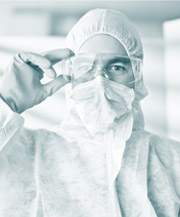


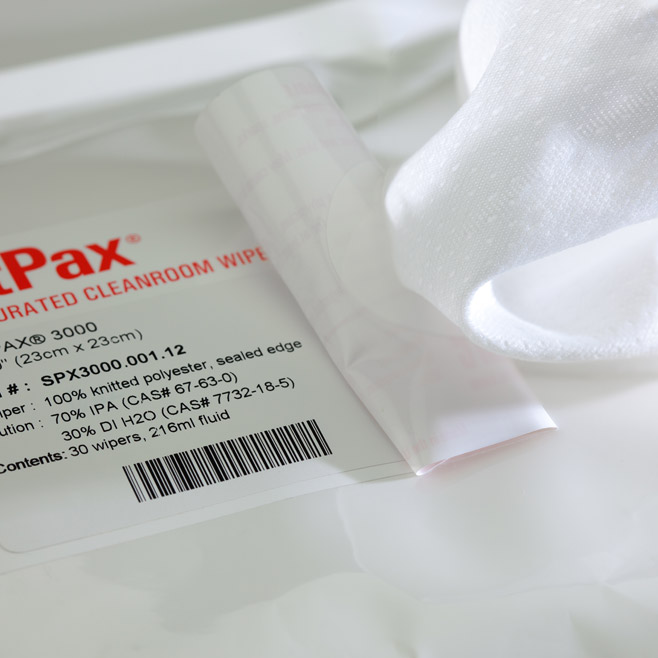
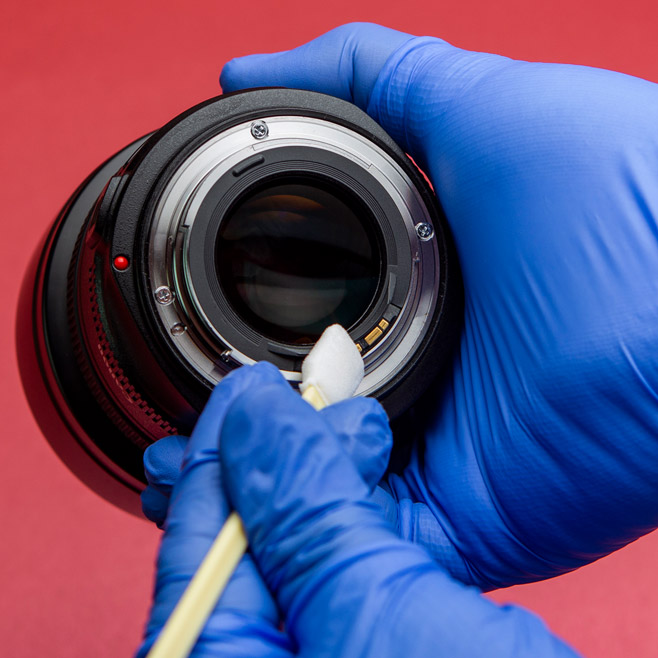
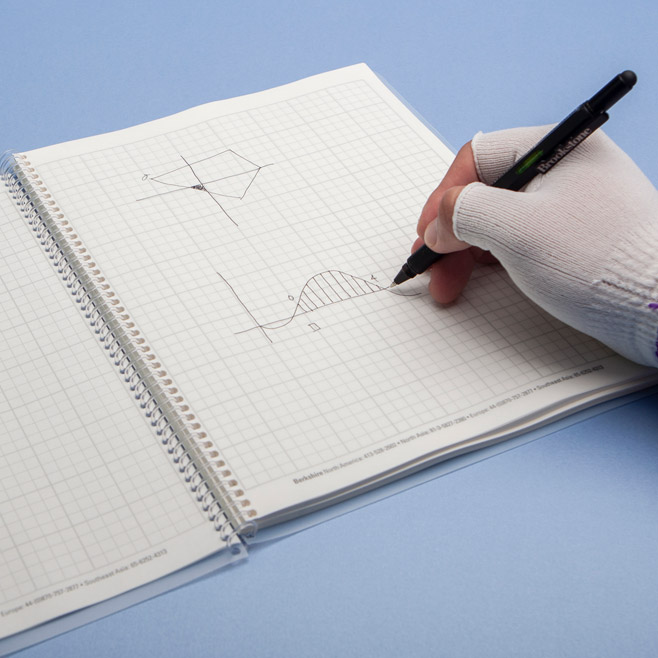

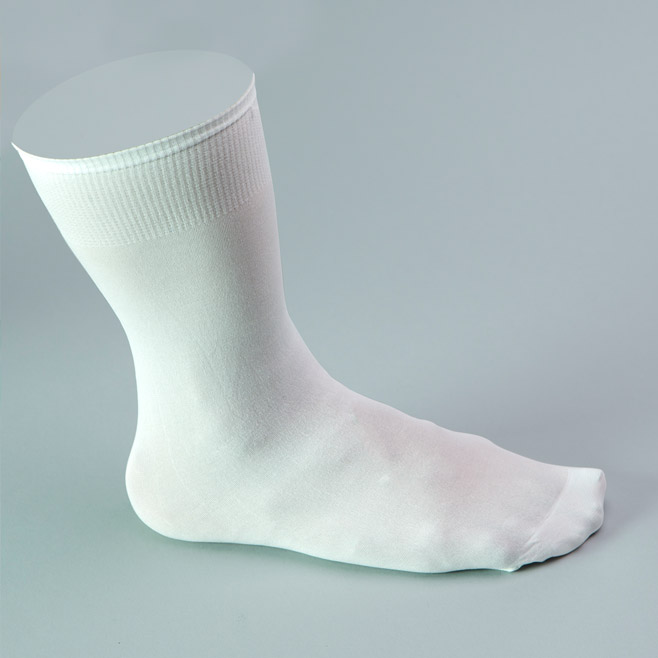
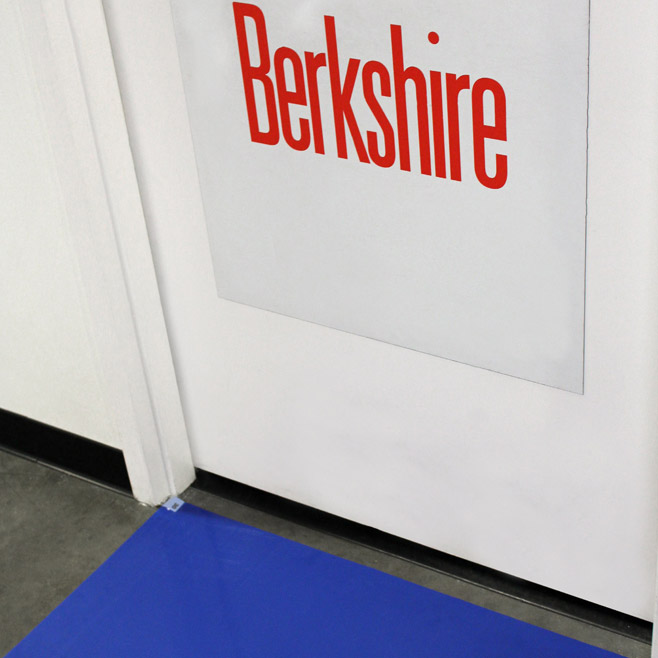
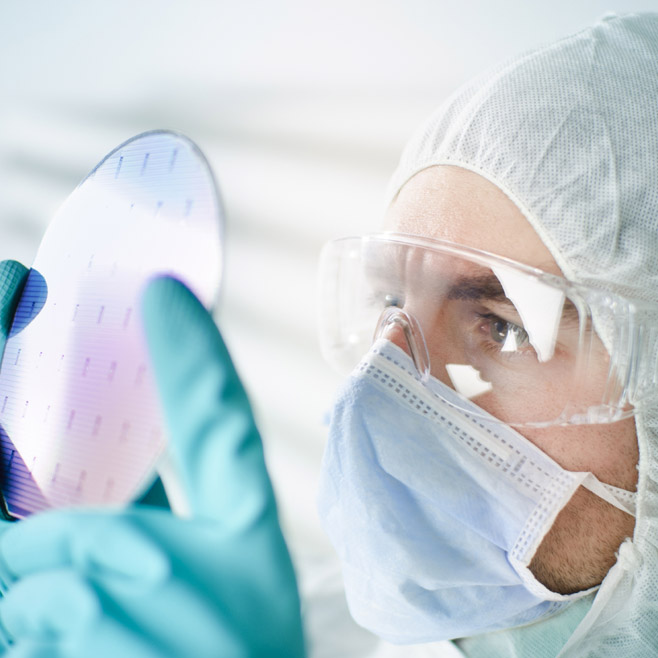
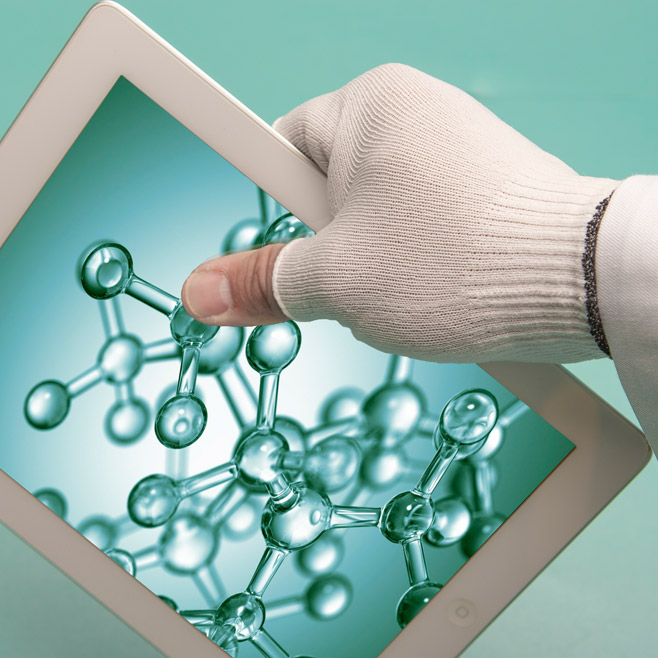
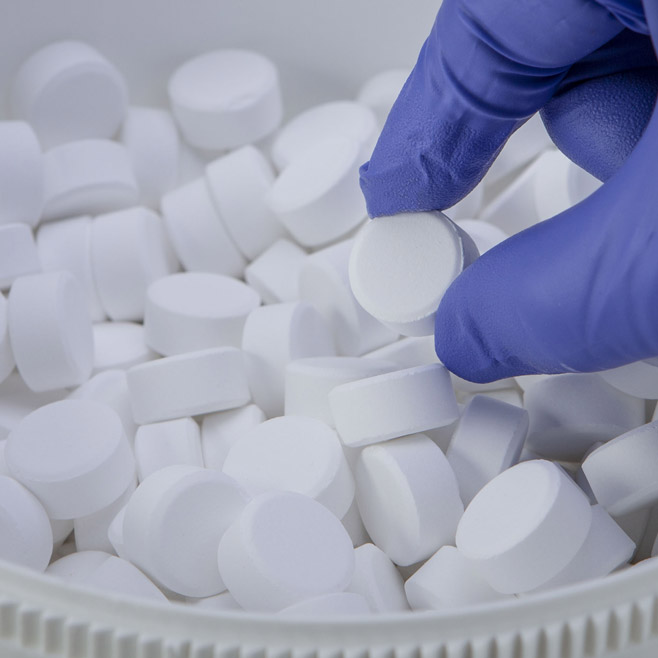
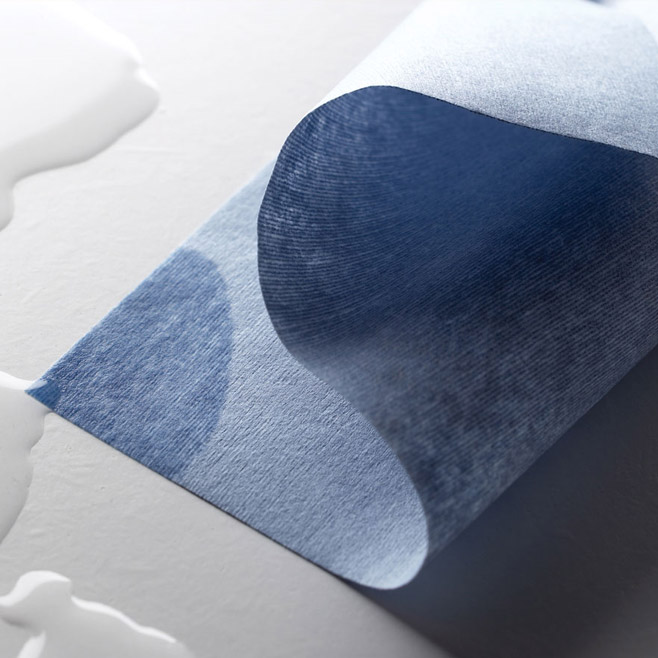
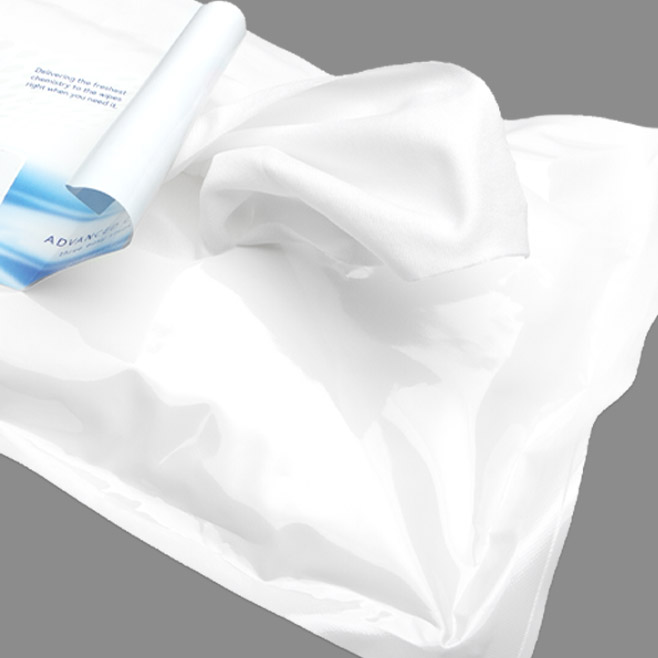
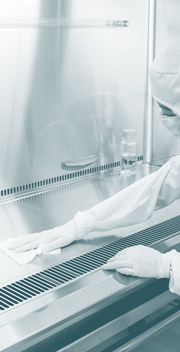

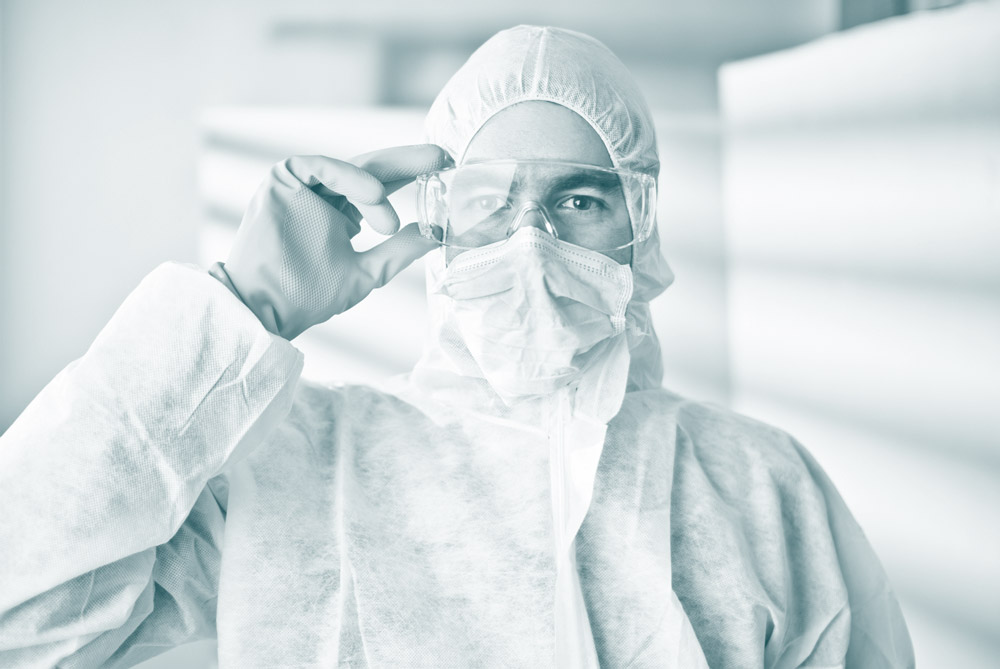
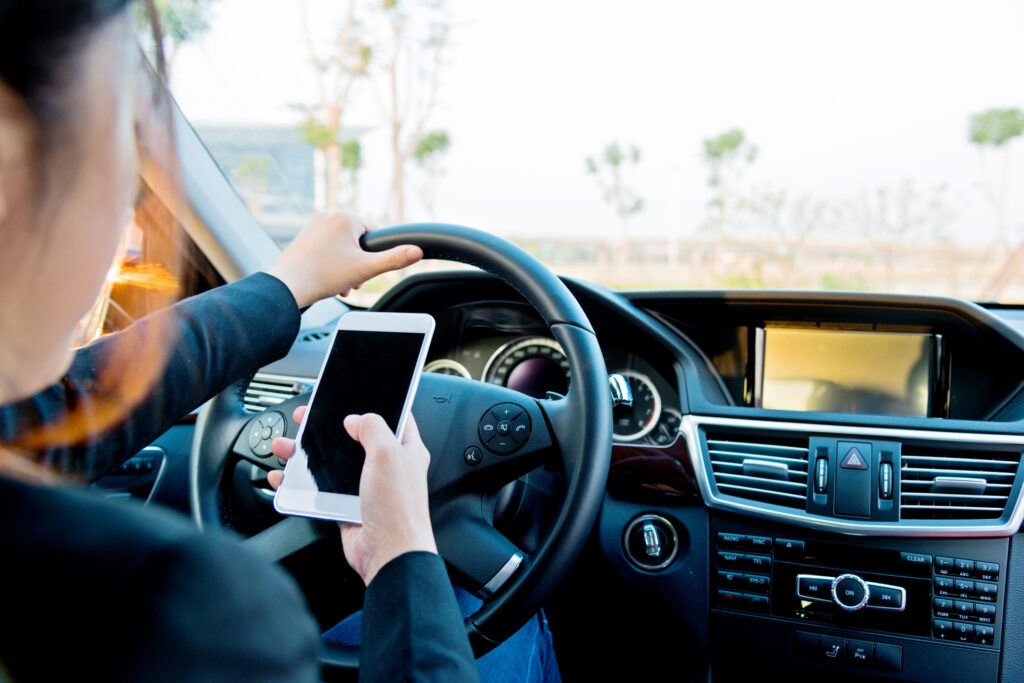
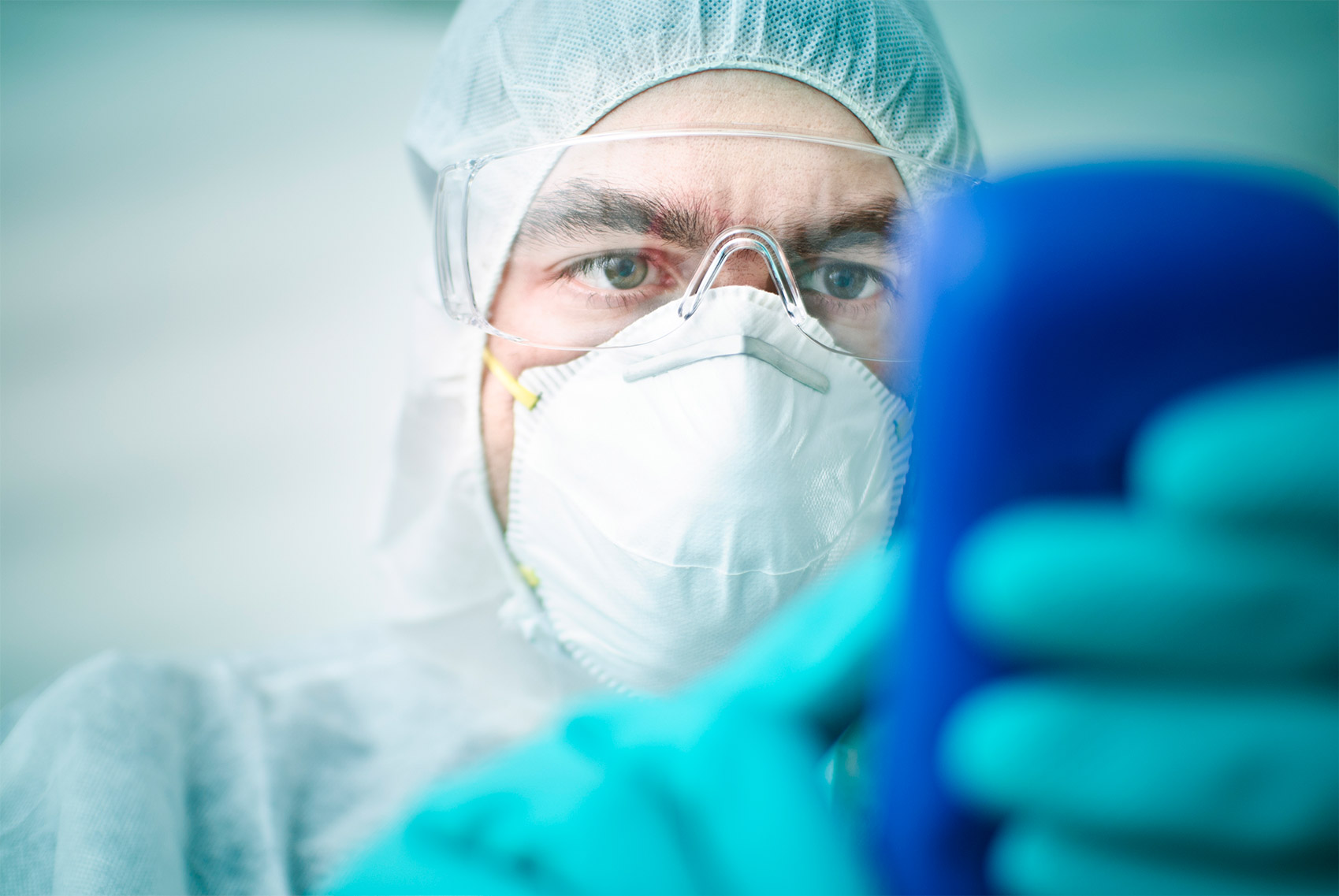

Pingback: Should A Cellphone Be Allowed In A Cleanroom? - Berkshire Singapore
Pingback: Should Cellphones Be Allowed In A Cleanroom? - ...